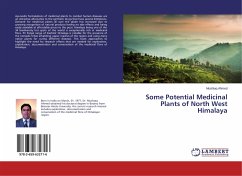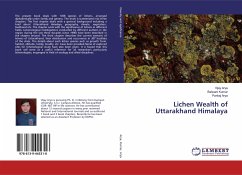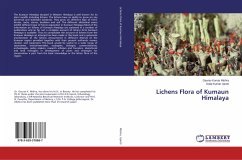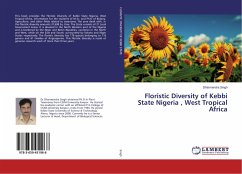
Some Potential Medicinal Plants of North West Himalaya
Versandkostenfrei!
Versandfertig in 6-10 Tagen
33,99 €
inkl. MwSt.

PAYBACK Punkte
17 °P sammeln!
Ayurvedic formulations of medicinal plants to combat human diseases are an attractive alternative to the synthetic drugs that have several limitations. Demand for medicinal plants all over the globe has increased due to growing recognition of natural products having no side effects and being easily available at affordable prices to the poor. Himalaya being one of the 34 biodiversity hot spots of the world is exceptionally rich in medicinal flora. Pir Panjal range of Kashmir Himalaya is notable for the presence of the nomadic tribes inhabiting upper reaches of the region and using many native p...
Ayurvedic formulations of medicinal plants to combat human diseases are an attractive alternative to the synthetic drugs that have several limitations. Demand for medicinal plants all over the globe has increased due to growing recognition of natural products having no side effects and being easily available at affordable prices to the poor. Himalaya being one of the 34 biodiversity hot spots of the world is exceptionally rich in medicinal flora. Pir Panjal range of Kashmir Himalaya is notable for the presence of the nomadic tribes inhabiting upper reaches of the region and using many native plants for curing different diseases. This book approaches to highlight the need for research efforts that are needed for exploration, exploitation, documentation and conservation of the medicinal flora of Himalaya.












